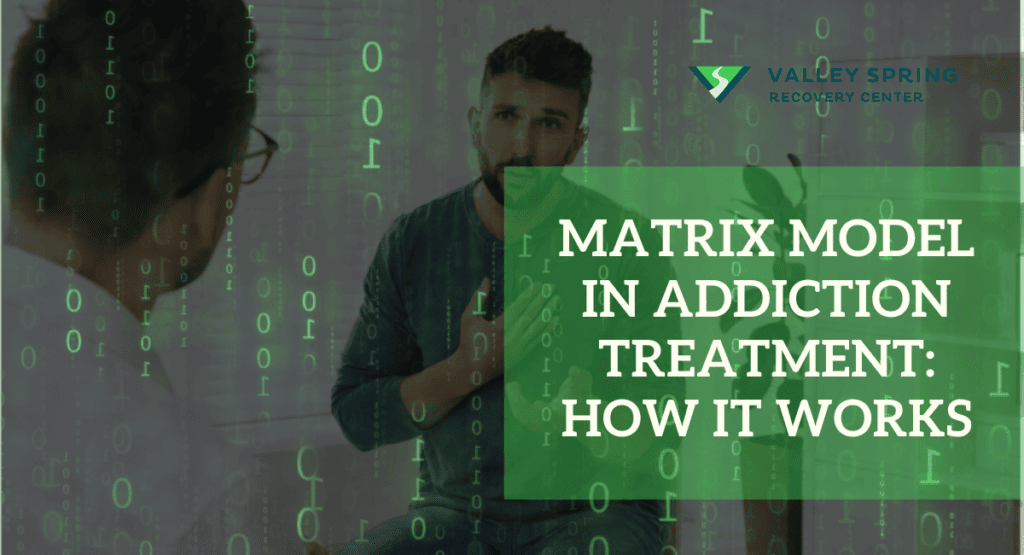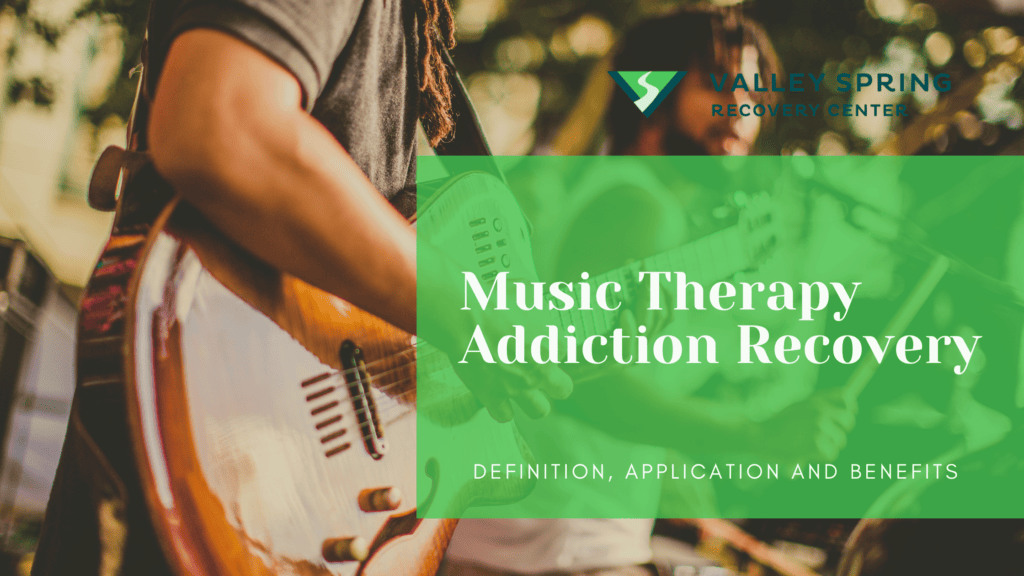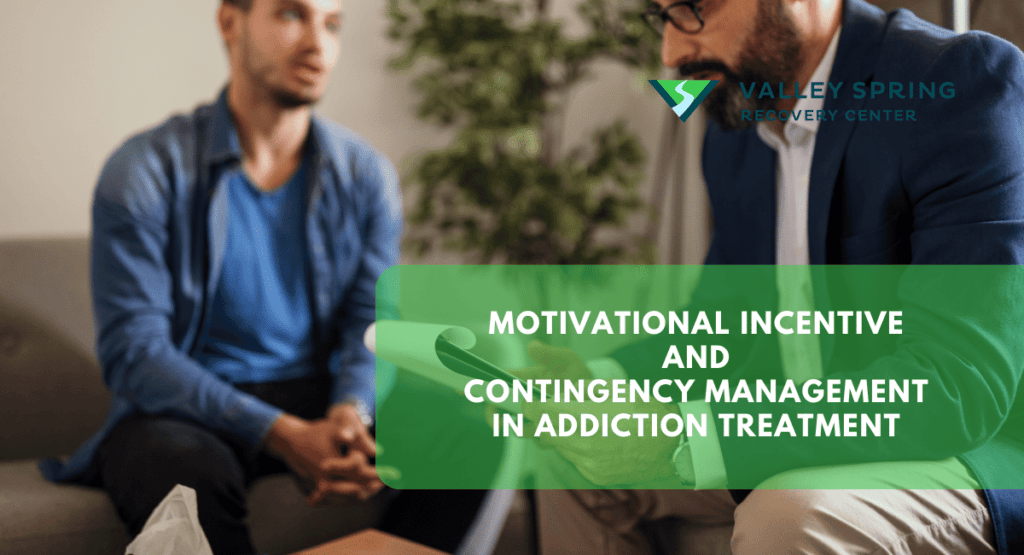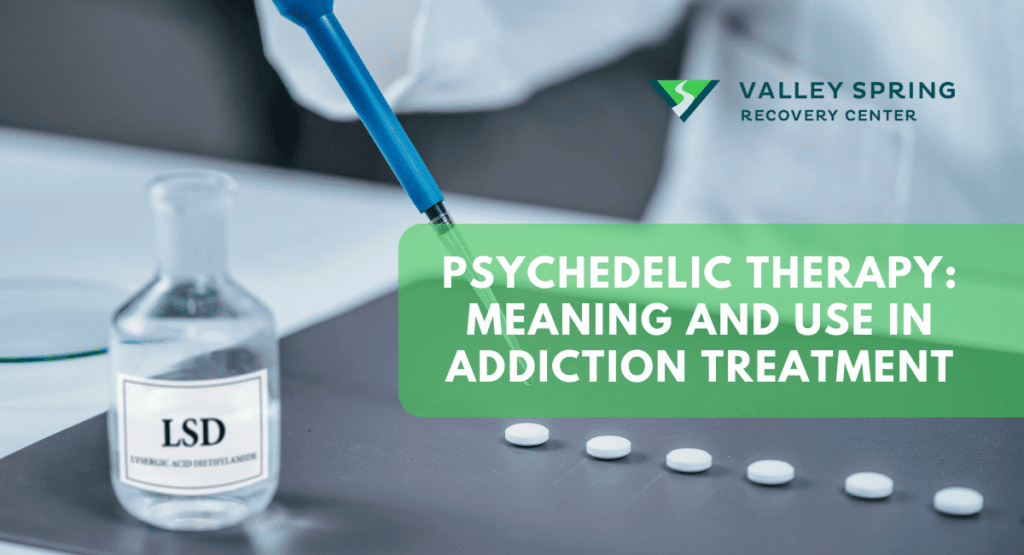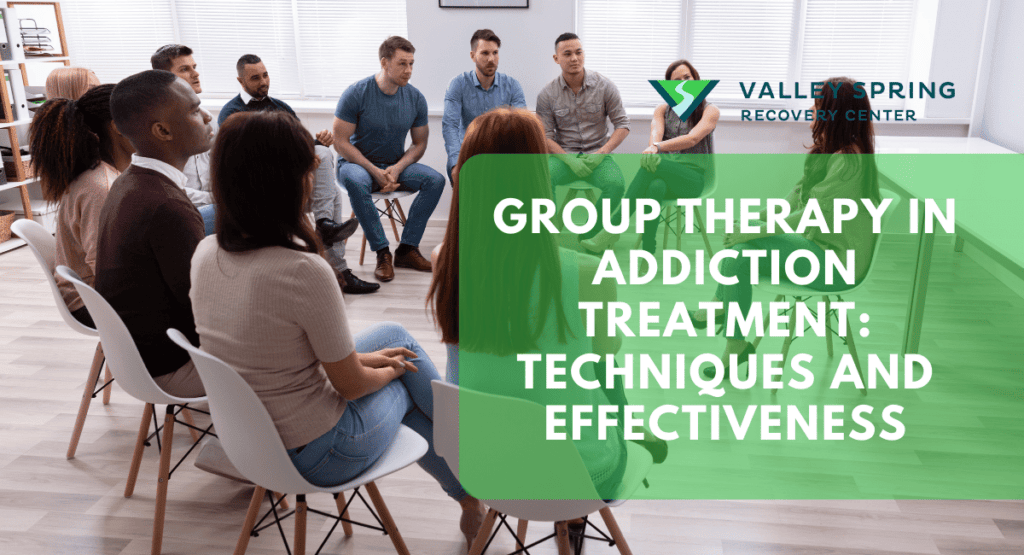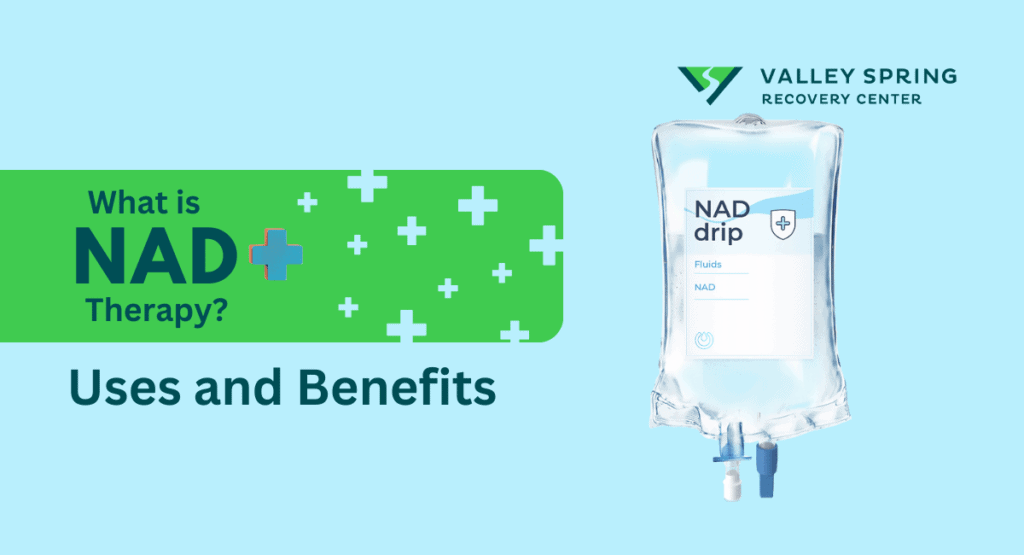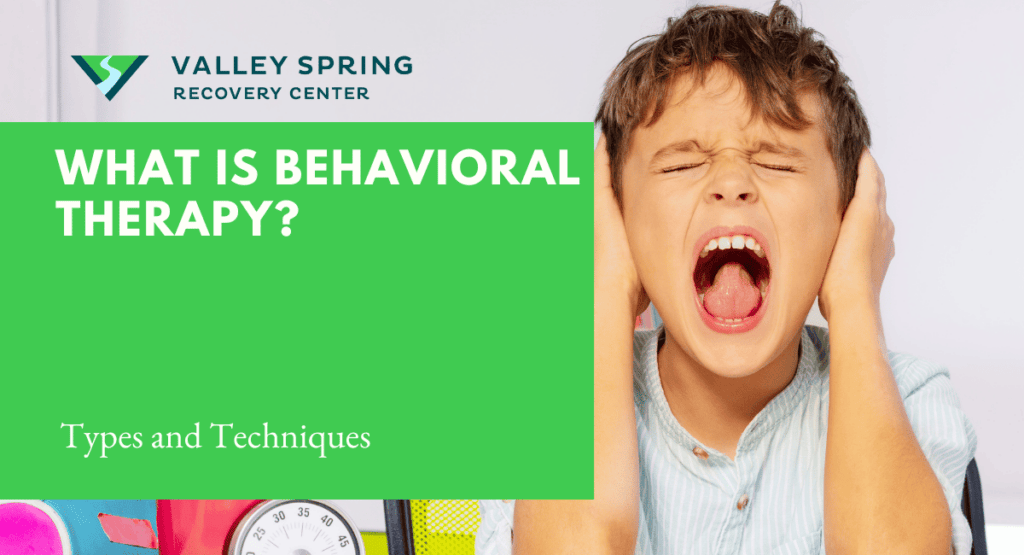The Matrix Model is an evidence-based approach to addiction treatment that has gained recognition for its comprehensive and structured framework. Developed in the 1980s, the Matrix Model combines elements of various therapeutic modalities to address substance use disorders effectively.
It integrates the principles of cognitive-behavioral therapy, positive reinforcement, education, and family involvement, and aims to empower individuals, enhance their self-worth, and provide them with the necessary skills to achieve and maintain recovery.
By understanding the strengths and limitations of the Matrix Model and exploring its integration with other evidence-based practices, we can gain insights into the evolving landscape of addiction treatment and promote improved outcomes for individuals on their journey toward lasting recovery.
What is the Matrix Model?
The Matrix Model is a comprehensive treatment approach used in the field of substance abuse and addiction. It was developed in the 1980s and combines various evidence-based techniques and therapeutic components to provide a structured and integrated treatment program.
The Matrix Model aims to help individuals recover from stimulant drug addiction, such as cocaine or methamphetamine, although it has also been adapted for other substance use disorders. The treatment model typically involves a combination of individual therapy, group therapy, family education, drug testing, and support from a treatment team.
The Matrix Model is known for its structured and engaging approach, combining elements from different therapeutic modalities such as cognitive-behavioral therapy, motivational interviewing, and contingency management. It is effective in promoting abstinence, reducing substance use, and improving overall functioning among individuals with stimulant addiction.
A pilot study conducted in 1985 found that participants in the Matrix Model program had significantly less cocaine use after eight months compared to those in other treatment approaches. While the Matrix Model was originally developed for stimulant addiction like cocaine and methamphetamine, some researchers have examined its potential benefits for treating addiction to other substances, including opioids
It’s important to note that the Matrix Model is just one approach among many in the field of addiction treatment, and the specific components and implementation may vary depending on the treatment setting and the needs of the individual.
How Does the Matrix Model Work in Addiction Treatment?
The Matrix Model is an addiction treatment that combines various therapeutic techniques and components to provide a structured and integrated treatment program. Here’s an overview of how the Matrix Model works:
1. Building a Therapeutic Alliance
The Matrix Model begins by establishing a strong therapeutic alliance between the client and the treatment team. This involves creating a safe and supportive environment where the client feels comfortable sharing their experiences, concerns, and goals.
2. Assessment and Treatment Planning
An initial assessment is conducted to understand the client’s substance use history, patterns, and related issues. Based on this assessment, a treatment plan is developed collaboratively, addressing the specific needs and goals of the individual.
3. Psychoeducation
Education plays a crucial role in the Matrix Model. Patients receive information about the effects of drugs on the brain and body, the cycle of addiction, and the impact of substance use on various life domains. Psychoeducation helps clients gain awareness and understanding of their addiction, empowering them to make informed decisions.
4. Individual Counseling
Clients engage in regular individual counseling sessions with a therapist trained in the Matrix Model. The therapist provides support, guidance, and evidence-based interventions tailored to the client’s needs. Individual counseling focuses on building motivation for change, developing coping skills, addressing underlying issues, and setting and achieving goals.
5. Group Therapy
Group therapy is a core component of the Matrix Model. Clients participate in structured, supportive group sessions led by a therapist. Group therapy provides a forum for sharing experiences, offering and receiving feedback, and learning from others facing similar challenges. It enhances social support, interpersonal skills, and relapse prevention strategies.
6. Family Education and Involvement
The Matrix Model recognizes the importance of involving family members or close loved ones in the treatment process. Family education sessions help family and friends understand addiction, learn effective communication strategies, and develop skills to support their loved one’s recovery. Involving the family and friends in addiction treatment can enhance the client’s support system and promote long-term recovery.
7. Drug Testing and Monitoring
Regular drug testing is an integral part of the Matrix Model. It helps monitor progress, maintain accountability, and identify any potential relapses. Drug testing also serves as a tool for reinforcing abstinence, building trust, and encouraging responsible behavior.
8. Relapse Prevention
The Matrix Model places a strong emphasis on relapse prevention. Clients learn to identify triggers, cope with cravings, manage high-risk situations, and develop a relapse prevention plan. They acquire skills and strategies to prevent relapse, such as building a support network, engaging in healthy activities, and practicing self-care.
9. Ongoing Support and Aftercare
The Matrix Model recognizes the importance of ongoing support and aftercare following the completion of the intensive treatment phase. Clients are encouraged to participate in support groups, follow-up counseling, and other community resources to maintain their recovery and prevent relapse.
The Matrix Model’s structure, combination of therapeutic techniques, and emphasis on accountability and support contribute to its effectiveness in treating stimulant drug addiction. However, treatment is highly individualized, and the specific implementation of the Matrix Model may vary based on the client’s needs, treatment setting, and available resources.
What are the Benefits of the Matrix Model For Addiction Treatment?
The Matrix Model has been associated with several positive outcomes and results in addiction treatment. Here are some of the benefits and results that have been observed:
1. Increased Abstinence
The Matrix Model has shown effectiveness in promoting abstinence from substance use. It provides clients with the necessary tools, coping skills, and strategies to resist cravings, manage triggers, and prevent relapse. By integrating various therapeutic techniques, the Matrix Model helps individuals achieve and maintain sobriety.
2. Reduction in Substance Use
Clients undergoing the Matrix Model treatment often experience a significant reduction in their substance use. The structured environment, individual counseling, group therapy, and relapse prevention focus contribute to decreased drug or alcohol consumption. This reduction in substance use is a positive step towards improved health and well-being.
3. Improved Psychosocial Functioning
The Matrix Model aims to enhance clients’ overall psychosocial functioning. Through individual counseling and group therapy, individuals develop improved interpersonal skills, communication abilities, and coping strategies. They also learn to address underlying issues that may contribute to substance use, leading to better emotional well-being and healthier relationships.
4. Enhanced Motivation for Change
The Matrix Model utilizes motivational interviewing techniques to help clients build and maintain motivation for change. By exploring and resolving ambivalence towards recovery, individuals develop a stronger commitment to their treatment goals. This increased motivation can lead to more successful outcomes in addiction recovery.
5. Better Treatment Engagement and Retention
The Matrix Model’s structured and supportive environment promotes higher treatment engagement and retention rates. Clients often feel more connected to the treatment process due to the therapeutic alliance, group support, and active involvement of family members. Improved engagement and retention increase the likelihood of positive treatment outcomes.
6. Improved Family Functioning
The Matrix Model emphasizes family education and involvement as an essential component of treatment. Family members gain a better understanding of addiction and learn how to support their loved one’s recovery. This improved family functioning can lead to healthier dynamics, enhanced communication, and a more conducive environment for sustained recovery.
7. Increased Life Satisfaction
As individuals progress through the Matrix Model treatment, they often experience an overall improvement in their quality of life. Reduced substance use, enhanced coping skills, improved relationships, and increased self-esteem contribute to a greater sense of well-being and life satisfaction.
What are the downsides of the Matrix Model?
The Matrix Model, widely used in treating addiction, particularly stimulant addiction, has shown significant success. However, like any treatment approach, it has its limitations and potential downsides in the context of addiction treatment:
1. One-Size-Fits-All Approach
- The Matrix Model follows a structured and standardized protocol, which can be less effective for individuals who require a more personalized approach to treatment. This structured method may not adequately address unique personal, cultural, or situational factors that contribute to an individual’s addiction.
2. Intensity and Time Commitment
- The treatment is intensive, involving multiple sessions per week over a relatively long period (typically 16 weeks). This commitment can be challenging for individuals with busy schedules, family responsibilities, or lack of transportation.
3. Reliance on Group Therapy
- A significant component of the Matrix Model is group therapy, which might not be suitable for everyone. Some individuals may feel uncomfortable sharing personal experiences in a group setting or may not benefit as much from group dynamics.
4. Limited Focus on Co-occurring Disorders
- While the Matrix Model addresses many aspects of addiction, it may not adequately focus on co-occurring mental health conditions. Individuals with dual diagnoses might require additional or alternative forms of therapy to address their mental health needs effectively.
5. Dependence on Therapist’s Expertise
- The effectiveness of the Matrix Model can heavily depend on the therapist’s expertise and ability to engage with the patient. Inconsistencies in therapist training and experience can lead to varied outcomes for patients.
6. Potential Cost Implications
- Due to the intensive nature and duration of the program, the Matrix Model can be costly. This might be a barrier for individuals without sufficient insurance coverage or financial resources.
What are Some Alternative Treatment Approaches That Can Complement the Matrix Model?
Several alternative treatment approaches can complement the Matrix Model and enhance its effectiveness in addressing addiction. They include the following:
1. Cognitive-Behavioral Therapy (CBT)
CBT is a widely used therapeutic approach that focuses on identifying and modifying unhealthy thoughts, beliefs, and behaviors. Incorporating CBT techniques alongside the Matrix Model can help individuals develop healthier coping skills, challenge distorted thinking patterns, and address underlying issues contributing to addiction.
2. Motivational Interviewing (MI)
Motivational Interviewing is a client-centered approach that aims to enhance motivation and resolve ambivalence about change. MI techniques can be integrated into the Matrix Model to strengthen the individual’s motivation for recovery, explore their values and goals, and increase their readiness to make positive changes.
3. Dialectical Behavior Therapy (DBT)
DBT combines elements of CBT with techniques to improve emotional regulation, distress tolerance, and interpersonal effectiveness. It can be beneficial for individuals with addiction and co-occurring mental health disorders. Integrating DBT skills training alongside the Matrix Model can help individuals manage strong emotions, improve interpersonal relationships, and prevent relapse.
4. Mindfulness-Based Approaches
Mindfulness-based approaches, such as Mindfulness-Based Stress Reduction (MBSR) or Mindfulness-Based Cognitive Therapy (MBCT), can complement the Matrix Model by helping individuals develop present-moment awareness, manage stress, and reduce cravings. Mindfulness practices can enhance self-regulation skills and promote overall well-being.
5. 12-Step Facilitation
Incorporating 12-step programs, such as Alcoholics Anonymous (AA) or Narcotics Anonymous (NA), can be a valuable adjunct to the Matrix Model. These programs provide peer support, a sense of community, and a structured framework for individuals to work on their recovery goals. The Matrix Model can be adapted to include elements of 12-step facilitation and encourage participation in 12-step meetings.
6. Family Therapy
Family therapy can be highly beneficial in addressing the impact of addiction on family dynamics and relationships. Integrating family therapy alongside the Matrix Model can help improve communication, develop healthy boundaries, and enhance support systems for long-term recovery.
7. Medication-Assisted Treatment (MAT)
For individuals with opioid use disorders, medication-assisted treatment can be an effective complement to the Matrix Model. Medications such as methadone, buprenorphine, or naltrexone can be prescribed to manage withdrawal symptoms, reduce cravings, and support long-term recovery.
The choice of complementary treatment approaches should be based on the individual’s specific needs, preferences, and clinical assessment. A comprehensive treatment plan should be developed collaboratively with the individual and their treatment team to ensure the integration of appropriate interventions that address the multifaceted aspects of addiction.
How Does the Matrix Model Incorporate Contingency Management in Addiction Treatment?
In addiction treatment, the Matrix Model incorporates contingency management as a key component. This approach involves rewarding positive behaviors, such as maintaining sobriety, with tangible incentives. By reinforcing desirable actions, contingency management within the Matrix Model effectively encourages adherence to treatment protocols and supports long-term recovery from addiction. This integration of behavioral reinforcement enhances the comprehensive nature of the Matrix Model, making it more effective in treating substance use disorders.
What is the Length of Treatment Using the Matrix Model?
The length of treatment using the Matrix Model can vary depending on several factors, including the individual’s specific needs, the severity of their addiction, and their progress throughout the treatment process. Typically, the Matrix Model is implemented as an intensive outpatient program (IOP) that consists of three phases:
- Foundation Phase: This initial phase of treatment focuses on building a strong therapeutic alliance, engaging the client in treatment, and providing education about addiction and recovery. It usually lasts for about four to six weeks.
- Intensive Phase: The intensive phase involves more structured and focused treatment. It includes individual counseling, group therapy sessions, family involvement, and ongoing education and skill-building. The intensive phase typically lasts for about four to five months, but the duration can be adjusted based on individual progress and needs.
- Maintenance Phase: After completing the intensive phase, individuals enter the maintenance phase, which emphasizes relapse prevention, ongoing support, and transitioning to a less intensive level of care. The duration of the maintenance phase can vary, but it often lasts for several months to a year or more, depending on individual needs and progress.
Note that the length of treatment using the Matrix Model is not set in stone and can be modified to meet individual circumstances. Some individuals may require a longer duration of treatment, while others may transition to less intensive levels of care sooner. The treatment team, in collaboration with the individual, will assess progress and determine the appropriate duration of treatment to support sustained recovery.
What Is The History Of The Matrix Model of Addiction?
The Matrix Model originated as a response to the cocaine crisis of the 1980s. This comprehensive program spans 16 weeks and includes various components such as relapse prevention groups, educational sessions, social support groups, individual counseling, and regular urine and breath tests. Its treatment approach is directive yet nonconfrontational, concentrating on present issues and fostering behavioral change. Numerous evaluations have underscored the effectiveness of the Matrix Model, particularly for individuals struggling with methamphetamine (MA) addiction. Similar to the response seen in cocaine users, MA users have shown positive reactions to this treatment, with many demonstrating ongoing improvement during follow-up assessments.
Does the Matrix Model of Addiction Treatment effectively address dependencies on substances beyond stimulants, such as methamphetamine and cocaine, in managing drug abuse?
The Matrix Model of Addiction Treatment, primarily designed for stimulant dependencies like methamphetamine and cocaine addiction, is specialized in its approach to these particular drug abuses. However, its efficacy in treating dependencies on other substances beyond stimulants, including opioids, alcohol, or prescription drugs, may require adaptations. The model’s structured therapy and focus on behavioral change, while beneficial, may not fully address the unique challenges and withdrawal patterns associated with non-stimulant substances. Therefore, for addictions other than stimulants, additional or alternative treatment modalities might be necessary to effectively manage drug abuse.
Common treatment programs that integrate the matrix model of treatment include:
Ben Fisher
All author postsShare This Post

